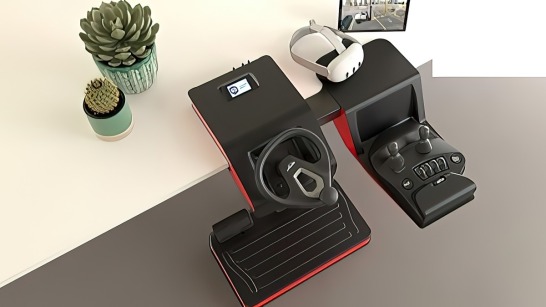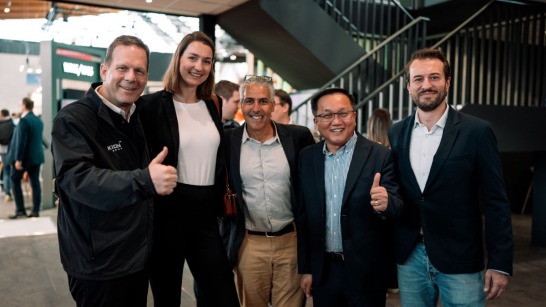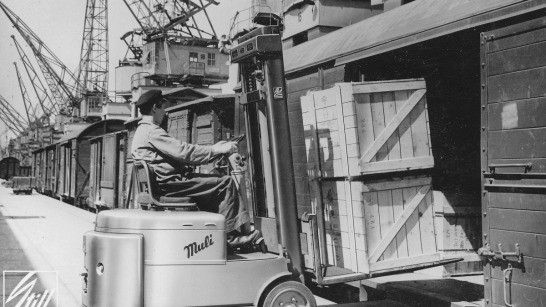
How Linde Material Handling uses virtual reality for driver training
The world of intralogistics is changing rapidly and modern technologies are also opening up new avenues for driver education and training. Virtual reality (VR) brings a new dimension into play here!
2025-02-19






